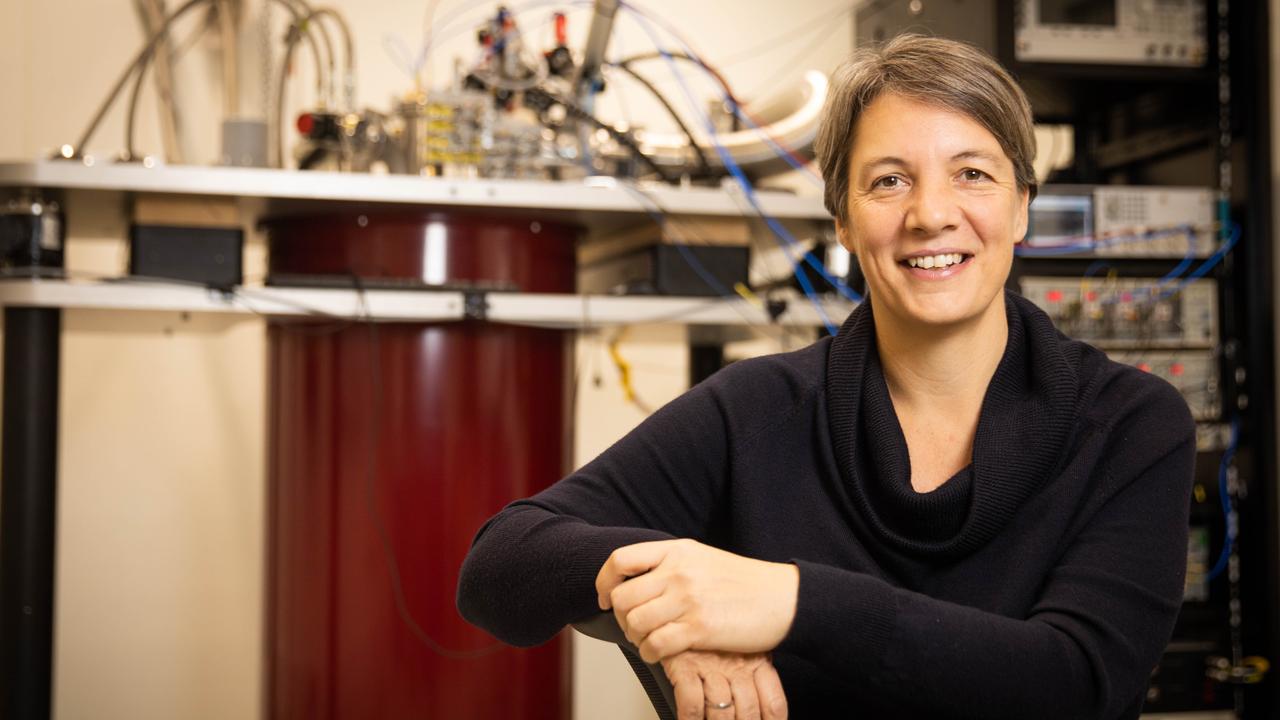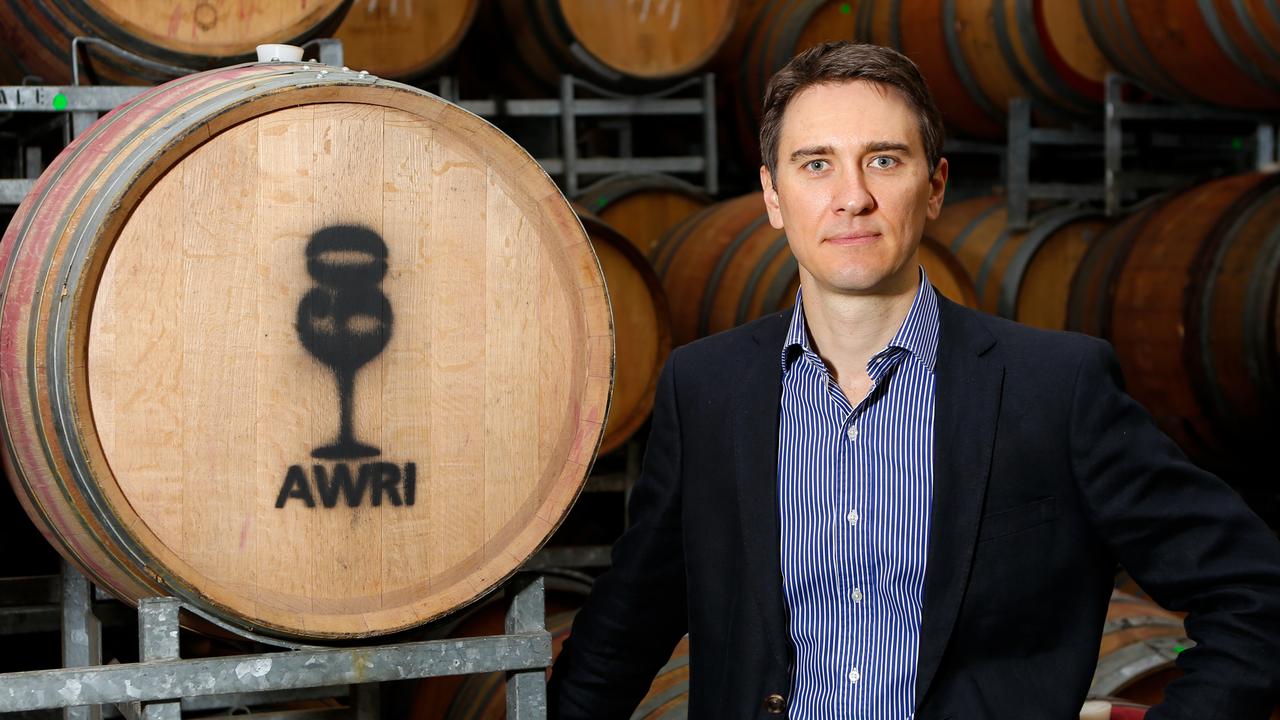Uni of Adelaide’s new cutting edge partnership
The University of Adelaide and technology company Silanna are setting up a “picoFAB” lab to engineer new materials.

In today’s Higher Ed Daily Brief: Uni of Adelaide link up, ancient human discovery
New techology partnership
The University of Adelaide has partnered with technology company the Silanna Group to set up a “picoFAB” lab at the university to engineer new semi-conductor materials at the atomic level. The new lab, in the university’s Faculty of Engineering, Computer and Mathematical Sciences, is the kind of investment in innovation, global connectivity and graduate skills that South Australia needs, said vice-chancellor Peter Rathjen.
Silanna’s chief scientist, Petar Atanackovic, is a University of Adelaide graduate who has worked in Silicon Valley where he founded Translucent, a unique materials start-up in Palo Alto.
“I wanted to help create the same opportunities I had in Silicon Valley at the University of Adelaide,” said Dr Atanackovic. “The university has some unique capabilities on campus with research and training programs that are complementary to our operations, and access to a whole generation of potential young ‘quantum mechanics’ as future employees.
The new lab will have the ability to grow new crystalline materials, layer by layer.
No get up and go
Archaeologists at the Australian National University have found evidence that homo erectus — an extinct species of humans which survived for almost 2 million years and went extinct perhaps only 100,000 years ago — had difficulty innovating and improving their stone tools. Working at a site in central Saudi Arabia, researchers led by Ceri Shipton found that the homo erectus people who lived there did not adapt well to change or put effort into improving their technologies.
“To make their stone tools they would use whatever rocks they could find lying around their camp, which were mostly of comparatively low quality to what later stone tool makers used,” Dr Shipton said.
“At the site we looked at there was a big rocky outcrop of quality stone just a short distance away up a small hill. But rather than walk up the hill they would just use whatever bits had rolled down and were lying at the bottom.
“When we looked at the rocky outcrop there were no signs of any activity, no artefacts and no quarrying of the stone. They knew it was there, but because they had enough adequate resources they seem to have thought, ‘why bother?’ ”
They also failed to respond to changing environmental conditions.
“The sediment samples showed the environment around them was changing, but they were doing the exact same things with their tools. There was no progression at all, and their tools are never very far from these now dry river beds. I think in the end the environment just got too dry for them,” he said.


